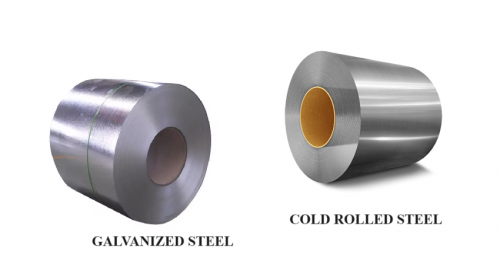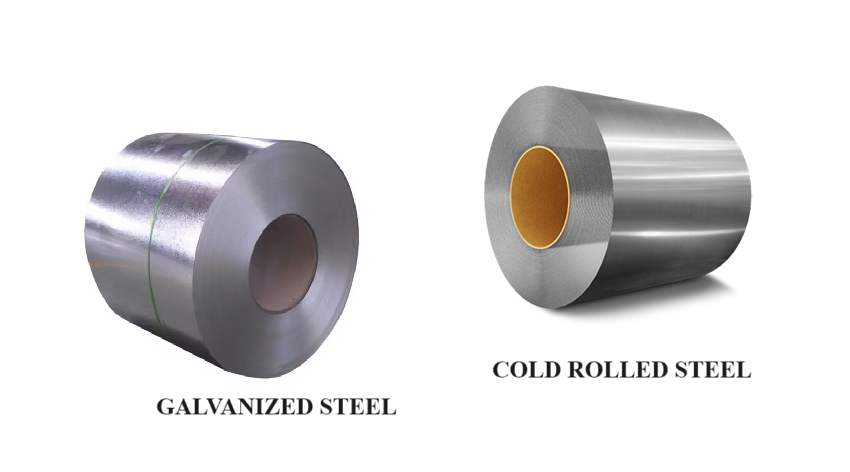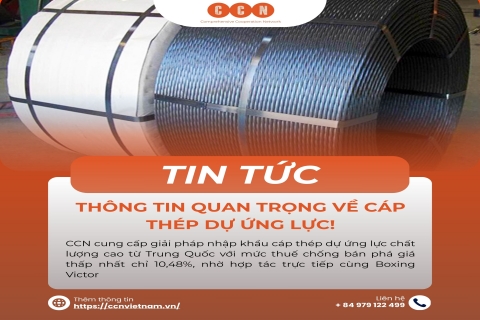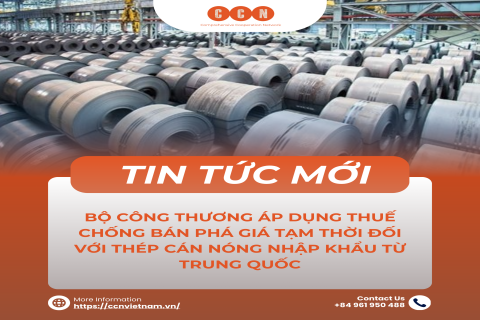GALVANIZED STEEL AND COLD ROLLED STEEL DIFFERENCES

All steels are alloys of carbon and iron, but different steel products may vary either in their composition or in the process used to make them. Two kinds of steel you will encounter often are galvanized and cold-rolled steel. Each kind is prepared through a different process, and they have their own merits and applications.
.png)




Write a comment